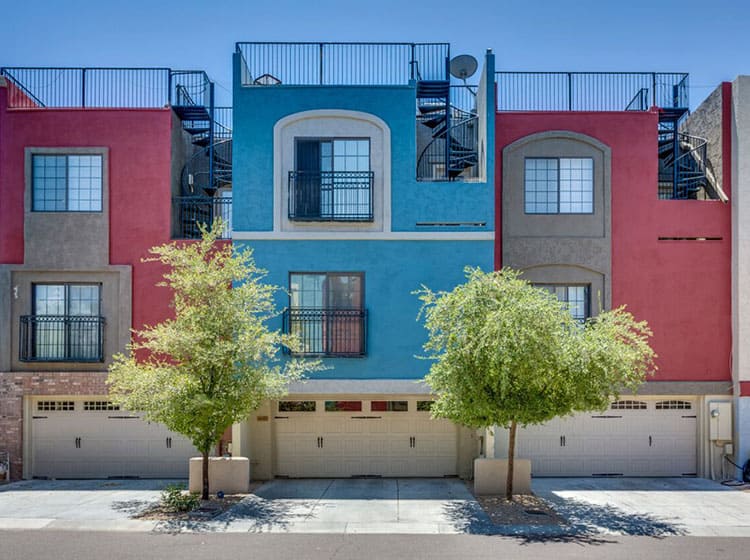How Do Well-Chosen Shades Affect Your Brand'S Good Looks In Business Outside Painting? Explore The Important Facets That Direct Your Decision-Making Procedure
How Do Well-Chosen Shades Affect Your Brand'S Good Looks In Business Outside Painting? Explore The Important Facets That Direct Your Decision-Making Procedure
Blog Article
Authored By-Joyce Sexton
When it comes to business outside painting, the colors you pick can make or damage your brand's appeal. Understanding exactly how different colors influence assumption is key to attracting customers and constructing trust. But it's not almost individual choice; regional patterns and regulations play a significant duty too. So, how do you discover the best balance between your vision and what resonates with the community? Allow's explore the crucial factors that guide your color choices.
Comprehending Shade Psychology and Its Impact on Business
When you pick shades for your organization's outside, understanding shade psychology can dramatically influence exactly how potential clients perceive your brand name.
Shades evoke feelings and set the tone for your business. For example, blue typically conveys trust fund and professionalism, making it optimal for banks. Red can develop a sense of seriousness, ideal for restaurants and clearance sales.
On the other hand, environment-friendly symbolizes development and sustainability, appealing to eco-conscious consumers. Yellow grabs attention and triggers positive outlook, but way too much can overwhelm.
Consider your target audience and the message you wish to send. By choosing the ideal colors, you not just boost your visual allure however likewise straighten your photo with your brand name worths, ultimately driving client involvement and loyalty.
Studying Resident Trends and Laws
Just how can you ensure your external painting selections reverberate with the neighborhood? Start by investigating neighborhood patterns. Visit close-by businesses and observe their color pattern.
Keep in mind of what's popular and what feels out of place. This'll assist you align your choices with neighborhood aesthetic appeals.
Next, examine regional regulations. Numerous communities have standards on exterior colors, especially in historical areas. you could try these out do not want to hang around and cash on a palette that isn't compliant.
Engage with neighborhood entrepreneur or area groups to gather understandings. They can provide useful responses on what colors are popular.
Tips for Balancing With the Surrounding Environment
To produce a natural look that blends effortlessly with your surroundings, consider the native environment and architectural styles close by. Start by observing visit the up coming site of nearby structures and landscapes. Natural tones like eco-friendlies, browns, and muted grays frequently function well in natural settings.
If your home is near dynamic metropolitan locations, you could select bolder colors that reflect the neighborhood energy.
Next off, consider the architectural design of your structure. Conventional designs might benefit from timeless shades, while contemporary designs can accept modern palettes.
Test your shade selections with samples on the wall surface to see how they communicate with the light and atmosphere.
Lastly, bear in mind any local guidelines or community visual appeals to ensure your choice boosts, rather than encounter, the environments.
Final thought
Finally, choosing the right colors for your business outside isn't practically appearances; it's a critical choice that impacts your brand's perception. By tapping into color psychology, thinking about local patterns, and guaranteeing consistency with your surroundings, you'll develop an inviting ambience that attracts clients. Don't neglect to examine samples before devoting! With the ideal technique, you can raise your business's curb charm and foster enduring client involvement and loyalty.
